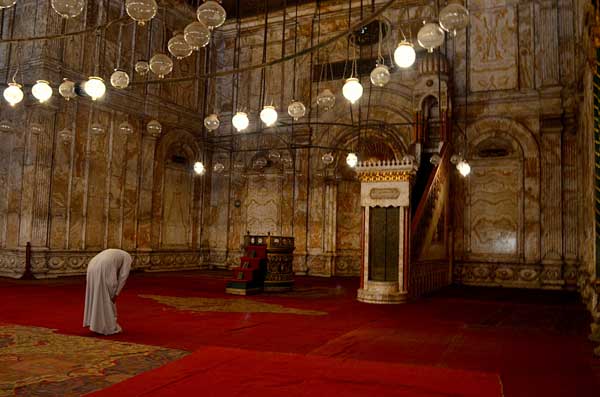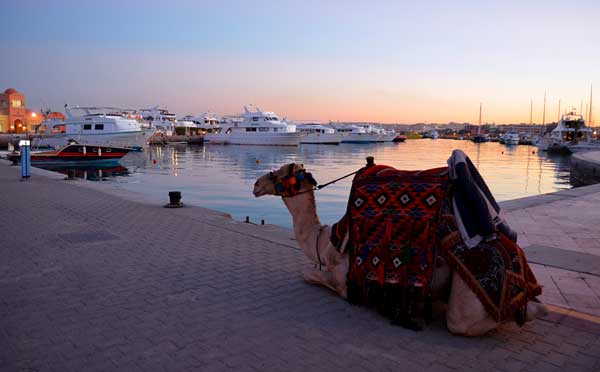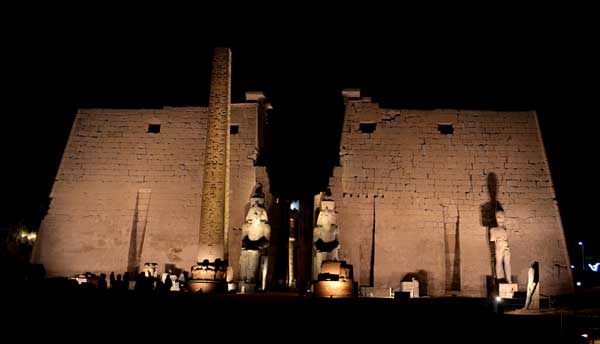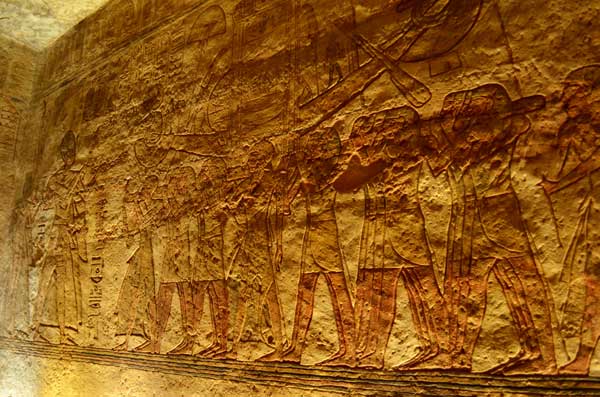
News like a Russian passenger-plane crash in the Sinai Peninsula, the blowing up of Egypt's navy vessel in the Mediterranean, a terror attack on its hotel...that have been making global headlines in recent times ensured that I was apprehensive about Egypt's security situation before heading there for work. But a few hours in Cairo, watching people go about their daily lives with a sense of normalcy, put my worries to rest. In fact, several foreign tourists were visiting solo to study the Nile civilisation.
As a compliment to its past, even today Egypt stands out as progressive among other Arab countries. It is home to Greeks, Lebanese, Jews and Turks (in Lower Egypt, near Alexandria) as well as Arabs, Nubians and the Sudanese (in Upper Egypt, near Sudan border)—but their attire doesn't vary much. It's burqas and hijabs for women and galabeyas for men. Globally, modernity is often equated with Western wear—which men and working women here also adorn—but proof of Egypt's liberal mindset is the advocacy of women's rights through references from Islamic texts.
A number of English-speaking locals make communication largely hassle free. But if I have to caution you, it will be against tip-takers. You'll find people asking for money everywhere, right from heritage sites (for clicking your picture with a monument) to the airport’s duty-free shops. Don't want a miniature of the pyramids for a “good price”? Then sellers will “gift” it to you, only to ask you to pay, a few moments later. Other than that, as an Indian you'll feel like a hero, thanks to Bollywood. Expect requests for pictures to be taken with you, be greeted with words like hind (Indian), namaste, Amitabh Bachchan, Shah Rukh Khan, Zeenat Aman, Kareena Kapoor..., and courted with popular songs to sell their wares.

Muhammad Ali Pasha Mosque
Pollution, congestion and the concrete jungle would make Cairo unpopular even among the Egyptians, if it weren't the capital. And had it not been for the ritualistic tourist circuit of Pyramids, Sphinx and Old Cairo, I would have skipped it too. But of all its attractions, the fascinating architecture of Muhammad Ali Pasha Mosque is what awed me. Constructed with limestone and alabaster, the grand mosque is a smaller version of Turkey's Sultan Ahmed Mosque. Reflecting modern Islamic architecture with Ottoman-style high, central domes, its interiors are decorated with incredible artwork and Islamic scriptures in gold. I quickly captured it in frames as our guide rushed us to Al-Azhar Park, for an amazing lunch of stuffed vine leaves and a variety of grills. Revisting the mosque wasn't possible as my hotel was too far, but it overlooked Tahrir Square, where the masses had gathered in hundreds to overthrow governments in 2011 and 2013. Signs of revolution still exist in the form of graffiti, messages and portraits of those who lost their lives. Another fascinating sight was The City of Dead, where homes also house graves! As for the markets, we visited Khan el-Khalili post sunset, when it's livelier; one should time it as per the traffic. Souvenirs were mainly manufactured in China, so I checked for quality and bargained till the vendor reduced the price to less than what he'd quoted.

A camel resting at the yacht-lined Hurghada marina
Calm azure waters and a stretch of beige sand are the first views Hurghada welcomes me with. Russians and Europeans seem to abound this exotic locale for long vacations, for leisure and daily dives in the Red Sea. Residential tourism makes it cheaper for Europeans berth their fancy, personal yachts at the marina than in their home countries. If you don’t want to sail, munch on snacks and sip on drinks at cafeterias here, offering cuisines from around the world. Thanks to the Russian influence (Russia has direct flights to Hurghada), several shop names are in the Cyrillic script.
As no vehicles are allowed near the marina, it's an ideal place for some quiet time. When it got dark we left this touristy section for the Old City to try some authentic sweets at local bakeries. I discovered kunafa; it's similar to baklava, but less sweet. And so, more suited to my taste buds.

Luxor temple at night
The city of Luxor, near Upper Egypt, has so many archaeological sites to visit: temples, the Valley of the Kings, the Valley of the Queens, museums... it's like an open-air museum that you'd take five days to cover. Yet seeing the excavation and restoration in progress, I realised what's been discovered and opened for public viewing is just about 20% of what's left behind of Egyptian life before 3,000 BC. The remaining pieces of history are still buried along the River Nile.
On the east of the Nile, modern-day dwellings surround the majestic temples of Karnak and Luxor. A few centuries ago, several residences in Upper Egypt were demolished to excavate the buried Luxor temple, which was sailed block by block (of sandstone) to Luxor, previously called the ancient city of Thebes, built around 1,400 BC. Across, we could see the Valley of the Kings and the Valley of the Queens on the western banks, where the tombs lie in the pastoral lands of the countryside. A few days ago, I read that they may have found the lost tomb of Queen Nefertiti, behind the secret tomb of Tutankhamun (at the Valley of the Kings). There are plans to light up monuments to enable visits after sunset and spice up Luxor with nightlife.

Egyptian life etched on walls of Abu Simbel Temple, which was carved out of its original hill and relocated to a higher hill, block by block
Yet another limestone monument awaited us. Seeing the twin temples of Abu Simbel and knowing the history, left me amazed. Massive, they were rock-cut out of a hill in the 13th century BC, during the reign of Ramesses II and his queen Nefertari, to commemorate the Battle of Kadesh. To prevent this UNESCO World Heritage site from submerging into Lake Nasser due to the construction of a high dam on the Nile in Aswan, they carved it out and relocated it block by block to a higher hill closeby.
Dedicated to the Egyptian gods Amun Re, Ptah and Re-Horakhte, this Nubian monument is one of Egypt's grandest and most iconic. The four towering statues of Ramesses II at the entrance are a sight to behold; painted sculptures on walls inside are graphical narratives of what Egypt once was. It's best to visit on October 22 or February 22, during the Abu Simbel Festival, when cultural dance troops from all over the world perform here as the sun's first rays fall directly on the idols of gods seated inside alongside Ramses'. We joined the serpentine queue at 3.30 am to witness this marvel on a chilly night.